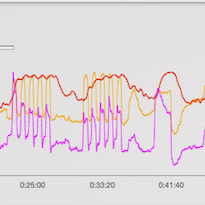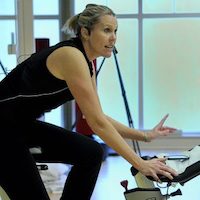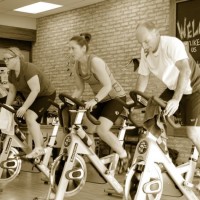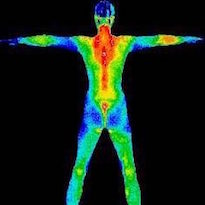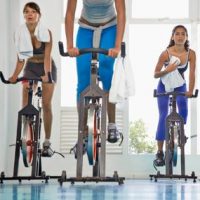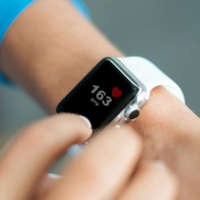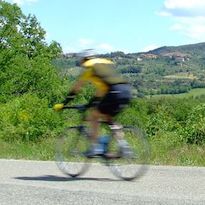An Incredible Way to Learn About the Effects of Your Profiles and Coaching
When you learn how to read and interpret a workout file it is an amazing tool to aid in putting together profiles. You will better understand the possible impact your choices (cadence, resistance, power, etc.) will have on your riders. By looking at a file from a less fit rider who suffered in the class or was unable to do the prescribed workout, you will understand why some might struggle with your coaching. Or, maybe you might discover that some things you are doing might not be as effective as you thought. Read more…

